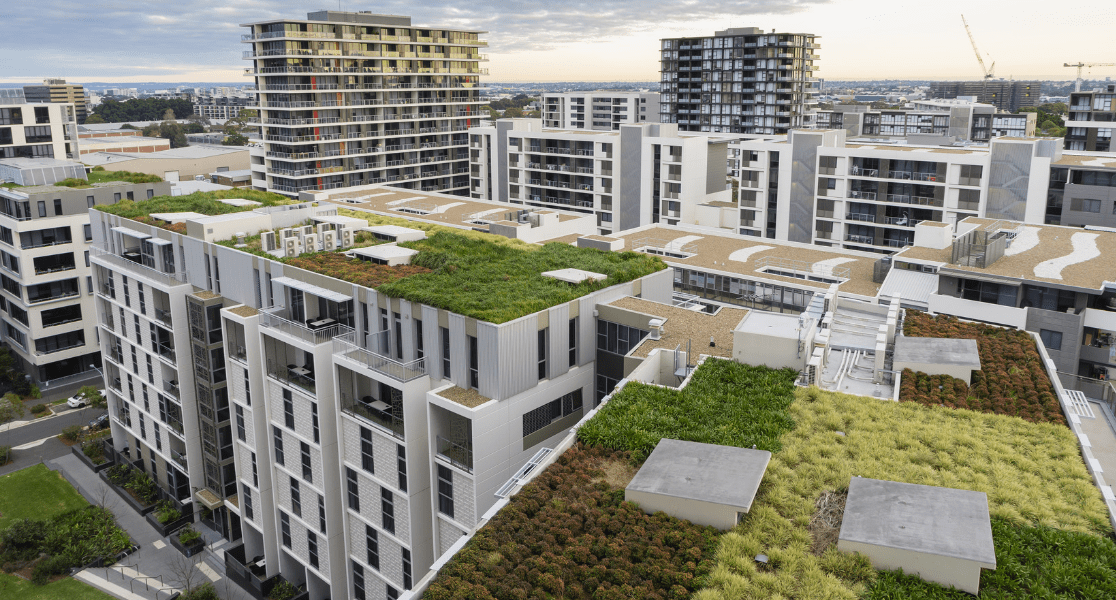Numerous industries, including real estate, are adopting sustainable practices with the goal of reducing greenhouse gas emissions and meeting eco-consumer needs. As per Joe Cianciotto, that in the contemporary landscape where environmental degradation and climate change dominate global concerns, eco-friendly construction and green buildings have emerged as a transformative solution within the real estate industry. Eco-friendly construction practices are steadily gaining momentum across the world, not just as a trend but as a crucial commitment to a sustainable future. By redefining how structures are built, eco-friendly construction practices are addressing pressing environmental issues, as well as facilitating the creation of healthier, economically viable spaces.
Joe Cianciotto talks about the benefits of eco-friendly construction
Shrinking carbon footprint is among the prime benefits of engaging in eco-friendly construction practices. Building construction and operation processes produce a large percentage of global greenhouse gas emissions. Less sustainable structures tend to have lower real estate values and high upkeep expenses. Reducing emissions from both residential and commercial buildings not only helps the environment but also significantly improves public health by lowering exposure to air pollutants. After all, when people, including construction workers and residents, breathe in polluted air, they face a higher likelihood of developing serious health issues.
Builders today typically use environmentally friendly construction equipment and sustainable building materials to reduce the risk of emissions. In response to the growing demand for greener practices, some manufacturers have begun producing electric excavators and other low-emission machinery. These innovations help reduce the environmental impact of construction activities by lowering emissions directly on-site, contributing to more sustainable building practices on the whole.
Minimizing greenhouse gas emissions with the use of efficiency-enhancing systems also has financial advantages. In the opinion of Joe Cianciotto, homeowners may minimize their monthly electricity bills by installing smart appliances. Devices like smart thermostats can especially lower electricity bills. They basically adjust indoor temperatures on the basis of weather predictions and user behaviour to lower energy loss. These devices can also connect to motion detection sensors, which track the occupancy of each zone. The technology turns off the power supply when it detects a vacant area, contributing to energy savings.
Construction professionals may also benefit from eco-friendly building practices by increasing project efficiencies. Builders who use eco-friendly construction equipment are often able to minimize project times, as many delays in traditional construction processes result from material damage and supply chain limitations.
Natural resource conservation is another important benefit of eco-friendly construction. Home improvement professionals can limit exploitation and reduce material waste by engaging in deconstruction. Sustainable building practices involve removing varied building components for reuse in order to minimize landfill waste. One may use excavators with pin-mounted thumbs for the purpose of removing and storing reusable materials efficiently on a construction site. Builders might even repurpose used products to decrease the demand for manufacturing. Many builders also improve the sustainability of a building by using cellulose insulation, which is made from used newspapers. Manufacturers tend to treat the product with borate to minimize insulation interferences from mold, pests, and flammability.

